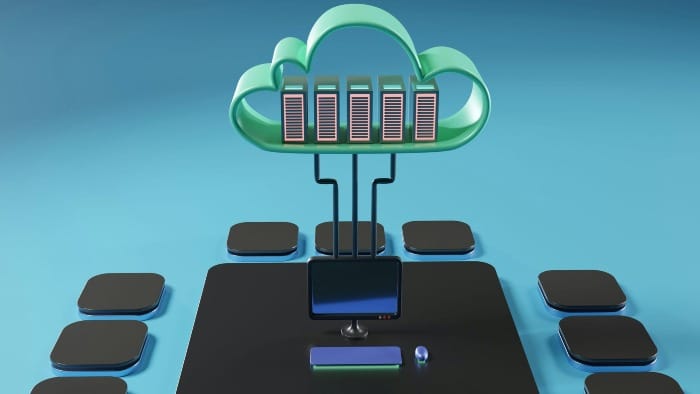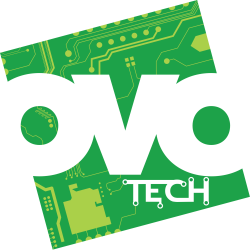The discussion about tech’s impact on the environment is getting louder. The tech community is beginning to take stock of its contribution to environmental factors having a detrimental effect on the planet. The enormous energy and water use of the tech sector means we need to look at becoming more energy efficient and carbon aware in our practices.
Some estimates put tech’s contribution to global emissions at around 4% and with the advent of power-hungry AI this is only going to increase.
I recently attended the GreenIO conference in London. As an avid listener of Gaël Duez’s podcast of all things digital sustainability I’d been looking forward to it for a long time. I was hoping to hear some insights from experts in the field about what I can do as a tech professional to reduce the contribution digital products have to climate change and other environmental issues. The conference definitely delivered. Packed with celebs from the green software world - I was starstruck to be in a room with Gaël himself, host of the Green IO podcast, Chris Adams, Executive Director of the Green Web Foundation and host of the Environment Variables podcast who gave a great keynote talk on consensus, as well as Anne Currie and Sarah Hsu who signed my copy of their book Building Green Software.

There were no less than 17 different talks all on one track so you didn’t have to choose between them. I’ll run through the highlights and my take-aways from a full-on day of listening, learning and furious note-taking.
Give content a sell-by-date

Much of the content created for digital products is created without a thought for when it will expire. This means blogs, articles, promotions etc. result in digital content sitting on a server somewhere, available to access forever more. A point raised by content strategist Heidi Swigon, at the Green Software Brighton meetup the previous day was to plan the end-date for content at the time of creating it - this way you can schedule the tear down of content as soon as it is no longer relevant or required. Building on this, Thorsten Jonas’ talk on sustainable UX mentioned using google analytics to find pages that had zero or a low number of views, automatically emailing the content creator to inform them it would be deleted unless they flag it to be retained. This is a great tool to help us move away from content and data that is rarely or never accessed and enable us to clean up after ourselves rather than leaving everything in the cloud forever because storage is cheap. Another use for analytics mentioned was to find the pages with the highest number of views and start making those the most efficient. Sure, your “Meet the team” page might be energy-heavy with huge image files being downloaded to devices on each view, but if your home page gets 100x more traffic then focus on that one first.
AI - friend or foe?

AI requires a large amount of energy to train LLMs (Large Language Models) as well as for inference, or querying these models. For that reason it was a hot-topic at the conference with various talks and panel discussions on the subject. The debate came down to using the right tool for the job and not because it’s the newest and shiniest one. As tech professionals we need to really think about the use of AI for different solutions and how we approach the problem. One stat mentioned was that 80% of corporate AI projects fail. Some things we can consider when working on AI projects:
- Do we really need to use AI for this, are there other more energy efficient approaches we can take?
- Do you need to train a new LLM? There are over 1 million models on hugging face so can one of these be used in place of training a new one?
- Don’t assume AI can’t be made greener, there are things you can do to reduce its impact so don’t give up before even starting
Use your power as a consumer

Many of the talks touched on the fact that the data available from the big cloud providers isn’t good enough. Most of the big tech companies provide market-based emissions numbers rather than location-based, which can mask the actual emissions data centres are responsible for. As consumers of their services, we can request they provide location-based emissions data. On top of this we can ask about the hardware used in these data centres. Servers, like all hardware devices, have embodied emissions as a result of the mining of their source materials, the emissions required to manufacture and distribute them as well as dispose of them at the end of their life. Therefore the longer you can use hardware for, the lower the impact of these embodied emissions is. We can ask cloud providers to tell us what their policies are for the lifetime of a server and what happens to it at the end, is it recycled? Do they contribute to a circular economy by reusing or passing on the devices? There are other factors we can also enquire about such as Power and Water Usage Effectiveness of their data centres. If more customers require this as part of their procurement process, the cloud providers will have to step up and provide this data, and we as consumers can make better informed decisions on selecting providers.
Practical Actions & Further Reading
Throughout the day I was noting down things that I could bring back to OVO tech and start actioning or sharing straight away.
- Github's Green Software Directory - a new directory listing the top repositories on github related to green software tools and practices
- Web sustainability guidelines - A comprehensive list of guidelines to help make your web applications more sustainable
- Webp images are much smaller than PNG/JPG - how much of our web content could be adapted to use the smaller image format and reduce download speeds and bandwidth use for visitors to our site?
- There is potential to use google analytics data to estimate emissions for end users visiting our sites by looking at location, device type, pages visited, time spent on page etc.
- Carbon.txt - a proposed convention for companies to share sustainability hosting and reporting data
Fun (or harrowing) facts from the day
- 31tb of data is created every second, half will never be used
- GPUs use 4x more energy than CPUs
- 60% of company data is used once and never again
- 1kg of carbon costs 15kg of glacier ice
Start small

My biggest take-away from the day was to not be overwhelmed by the enormity of the problem. Focus on what you can control, make small, marginal gains towards improving and these can start to snowball into bigger impacts. If you wait for the perfect conditions, these will likely never arrive. There’s nothing stopping you from starting your plan and making that first step on your digital sustainability journey today, good luck! In the meantime I’d better set a reminder to tear this blog content down at some point in the future…
OVO Tech & Digital Sustainability

We're finding our feet here at OVO Tech when it comes to digital sustainability. Last year we held a hackathon around different green initiatives. The winning team "Code Green" came up with a plan to educate our engineering teams on different green software patterns and practices. They published some information on this to help inspire teams on a Green Day we held where the tech team were encouraged to do what they could to make our software greener. Some green wins we've had at OVO tech so far:
- Reducing the amount of logging that applications send from AWS to Datadog - this saves network traffic sending the logs, reduces storage requirements in Datadog as well as requiring less processing power to index and query the logs.
- Using custom build images in CI pipelines with build tools pre-installed - this saves network traffic downloading the same installers each time and also halved build time for some pipelines
- Shutting down non-prod environments outside of office hours - using a combination of AWS instance scheduler and ECS task scheduling one team was able to shut down all virtual machines, database instances and ECS tasks overnight during the week and all weekend. As well as being greener they saw their daily costs go down by a third during the week and over 60% over the weekends.
As you can see, being greener has many additional benefits to tech companies. Code Green have big ambitions to measure the emissions we are responsible for as a result of our digital products. They plan to provide visibility to the engineering teams by way of a dashboard hosted in our switchboard dev tool and get everyone at OVO tech thinking about digital sustainability in all we do.

